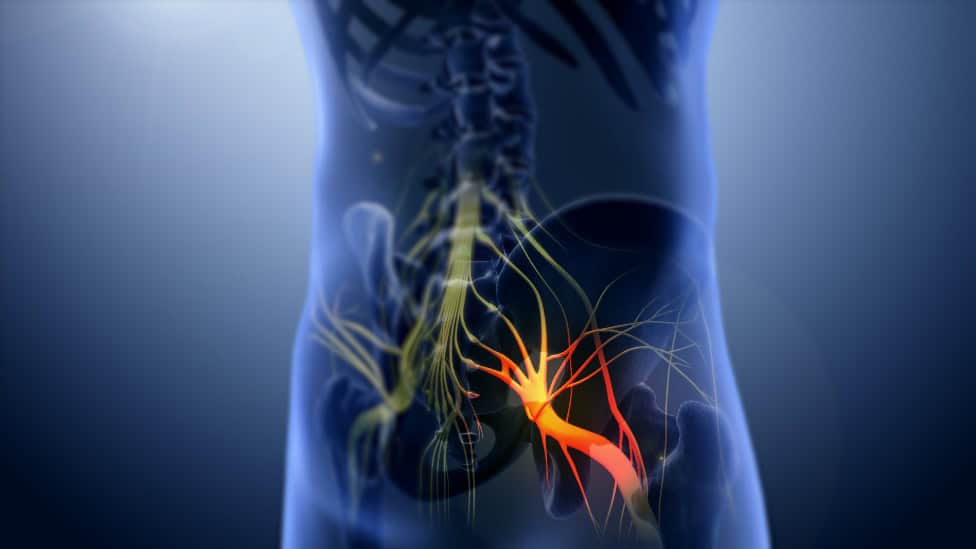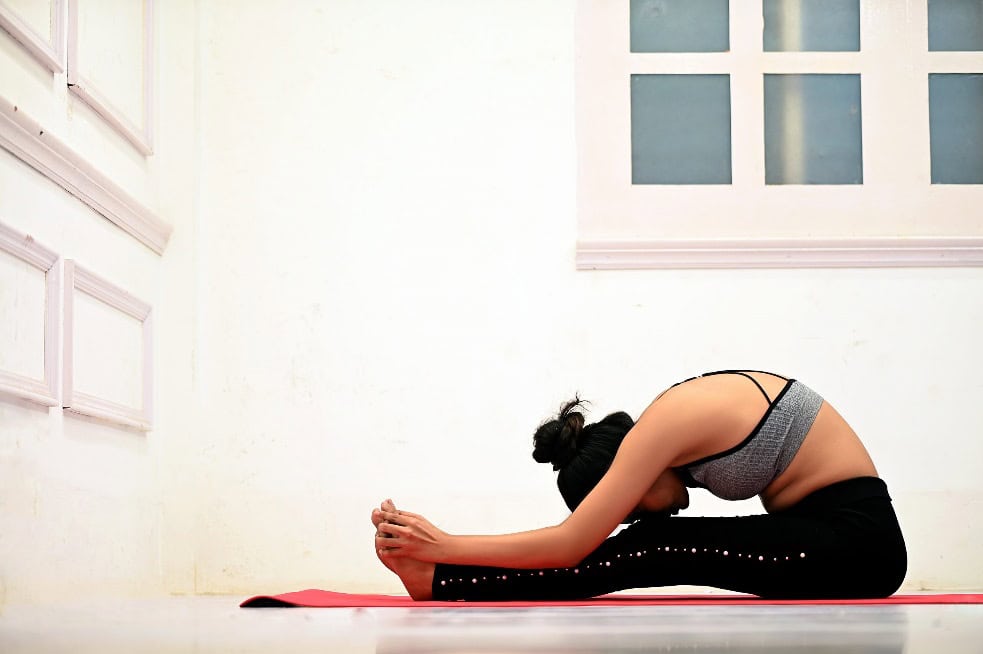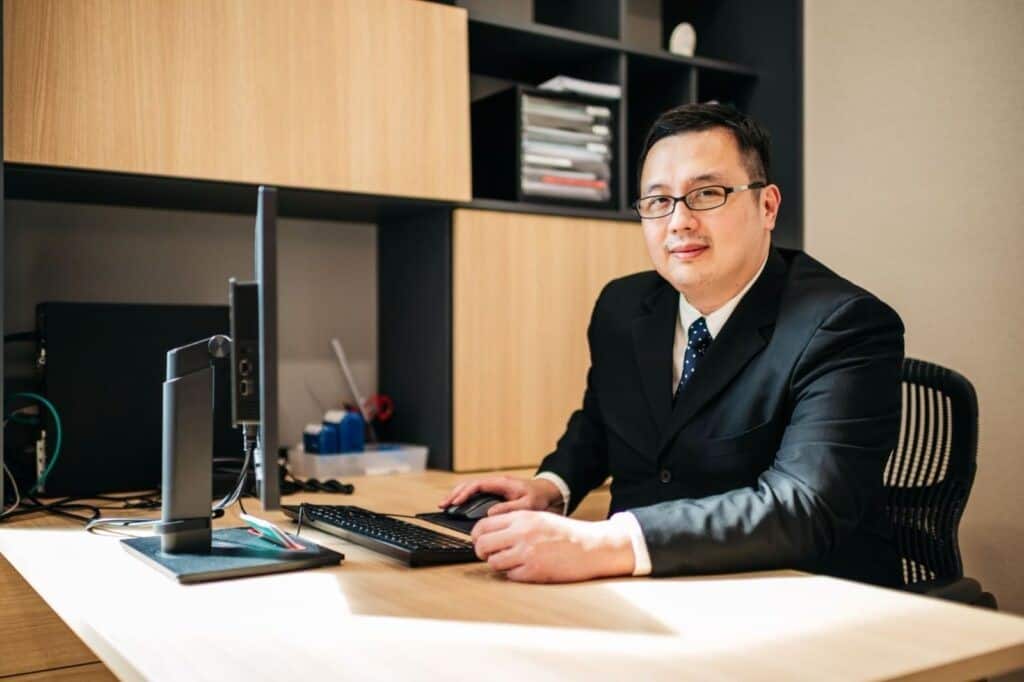Strategies to Alleviate Post-Workout Lower Back Pain
- Home
- Strategies to Alleviate Post-Workout Lower Back Pain


The spine is the main component of the back, it is made up of the vertebrae, the spinal cord, the muscles, the ligaments and the nerves that provide support for the whole body, allow for movement and convey neurological signals. The spectrum of back problems and injuries goes from the minor ones that produce pain and discomfort or limited movement, to the severe ones that disturb the work of the whole system, and it can be hard to cope with either of them. Back disorders are treated according to their severity, and may include physiotherapy, medicines, or surgical treatments aimed at relieving pain and restoring functionality.
The spine can hurt either in a traumatic or in a non-traumatic way. For instance, accidents that lead to the spinal bones getting fractured or dislocated commonly result in traumatic lower back pain. Contrary to the traumatic back pain, non-traumatic back pain is mostly associated with factors that result in structural alterations such as poor posture, which may cause muscle and joint strain, nerve damage and thus pain. Bad posture can be defined as drooping in a chair, exerting pressure on the stomach while lying down, or walking slumped over. Correcting posture while sitting, standing, or walking helps reduce spinal pressure and prevent lower back pain. Furthermore, lifting large goods wrongly or unsafely might contribute to non-traumatic lower back pain.

(https://pxhere.com/en/photo/1629722)
Back pain is often caused by a mixture of three basic factors. Back pain in the muscle is a consequence of stress or overwork that are applied to the lower back tissues, giving rise to discomforts and cramps. The sciatic pain is related to intervertebral discs that lie between the spinal bones; a tear in the outer fibers (annulus fibrosus) would cause severe pain and increase the chances of disc protrusion. Facet joint pain, on the contrary, is connected with the spinal facet joint degeneration with age that leads to both back pain and buttock discomfort. Understanding these causes is critical for accurate diagnosis and therapy of back pain.
Backache is a result of a multiple of illnesses each of them having its own set of symptoms and reasons.
For instance, a slipped disc occurs when the gel-like inner portion of the spinal disc is forced through a tear in the tough outer layer in the most severe cases, which may be necessary to stop the disc from pressing on spinal cord nerves.
With spondylosis, we refer to the spinal deterioration that occurs in joints, discs, and bones, such as degenerative disc disease and bone spurs.
Facet joint arthritis occurs due to the deterioration of the cartilage in the facet joints of the spine.
Spinal stenosis happens when the spinal canal becomes too narrow which leads to pain or discomfort.
Spondylolisthesis and spondylolysis are disorders which are defined by the dislocation of the spine with the occurrence of the fracture. These conditions are the main reason for the emergence of nerve-related discomfort.
The spinal infections and tumors, though much rarer, are among the hardest ones to treat, with the symptoms ranging from the persistent pain in the lower back to deformities and neurological issues, which are mostly dependent on the case.

(https://commons.wikimedia.org/wiki/File:Blausen_0484_HerniatedLumbarDisc.png)
As a rule, you are likely to experience pain and tension in your lower back after a workout, especially if you’ve been performing exercises like squats, deadlifts, or yoga which works out your back muscles of course. This is a mechanism that our bodies use naturally during exercise. It may occur a few days after the strenuous activity. Consequently, it is recommended that you watch out for these signs. If your backache is severe and lasts for a long time or has some other severe symptoms like numbness, tingling, and weakness, be sure to see a doctor to get a full evaluation and proper treatment.
Back discomfort can present as a variety of symptoms, many of which indicate underlying spinal abnormalities. Buttock discomfort, which is usually accompanied with back pain, can be caused by worn-out facet joints in the spine, indicating transferred pain from shared nerves in the back. Shooting pain down the leg is frequently caused by a constriction of nerve passageways in the spine, which is usually caused by disc degeneration or facet joint osteoarthritis. This ailment, also known as sciatica or radicular pain, causes electrical or lightning-like pain down the back of the leg. Additionally, back-related nerve compression can cause leg or foot numbness and weakness, occasionally to the point of foot drop or extreme numbness. Leg cramps after walking can be the result of significant spinal canal constriction. Other symptoms may include tingling, burning, or insect crawling sensations, indicating nerve pinching (paraesthesia), and in severe cases, loss of bowel and bladder control due to disc prolapse pressing on controlling nerves. If any of these symptoms persist without improvement, it’s crucial to schedule an appointment with an orthopaedic surgeon for a thorough evaluation and appropriate treatment.

(https://commons.wikimedia.org/wiki/File:3D_still_showing_Sciatica_nerve.jpg)
Exercise safety is critical for reaping the full advantages of a fitness plan. You should always see an orthopedic surgeon before starting a new exercise regimen, especially if it is severe, taking into account aspects such as age, health history, and personal fitness levels. Moderation during workout, wearing appropriate gear, being hydrated, and including warm-up and cool-down routines all contribute to a safe transition into and out of physical exercise. Follow these procedures to prevent lower back pain after workouts:

(https://pixahive.com/photo/back-bend-yoga-paschimottanasana/)
Treatment options for back pain could differ a lot depending on the lifestyle, your age and presence of any pre-existing diseases. Such therapies could consist of pain-relieving drugs to target the back, buttocks, and legs regions, and a plan to help manage back pain by adjusting lifestyle. A physiotherapy that emphasizes on the core and back muscle strengthening exercises can help improve the function and reduce pain. If there are underlying causes of back pain, pain procedures may be indicated. Surgery may also be considered to relieve pinched nerves and stabilize deteriorating spines. Finally, therapy options will be tailored to your unique circumstances and needs.
Early warning signs of moderate to severe lower back pain may include sharp pain, localized tenderness, muscle spasms, and limited mobility.
To reduce the risk of suffering from a lower back pain, it’s important to maintain good posture, practice proper lifting techniques, engage in regular core-strengthening exercises, and avoid overexertion during physical activities.
Surgical treatment is not typically the first option for treating a torn lower back muscle; conservative approaches like rest, physical therapy, and medication are usually explored first. Consult with an orthopaedic surgeon to properly discuss an optimal treatment for you.
Lifestyle changes that can help prevent recurring issues include maintaining a healthy weight, staying active, using ergonomic support, wearing comfortable shoes, and practicing stress management techniques.
It’s time to see a specialist such as an orthopedic surgeon or pain management doctor for a torn lower back muscle when conservative treatments fail to provide relief, and the pain becomes chronic or severely limiting your daily activities.

Dr Yong Ren graduated from the National University of Singapore’s Medical faculty and embarked on his orthopaedic career soon after. Upon completion of his training locally, he served briefly as an orthopaedic trauma surgeon in Khoo Teck Puat hospital before embarking on sub-specialty training in Switzerland at the famed Inselspital in Bern.
He underwent sub-specialty training in pelvic and spinal surgery, and upon his return to Singapore served as head of the orthopaedic trauma team till 2019. He continues to serve as Visiting Consultant to Khoo Teck Puat Hospital.
Well versed in a variety of orthopaedic surgeries, he also served as a member of the country council for the local branch of the Arbeitsgemeinschaft für Osteosynthesefragen (Trauma) in Singapore. He was also involved in the training of many of the young doctors in Singapore and was appointed as an Assistant Professor by the Yong Loo Lin School of Medicine. Prior to his entry into the private sector, he also served as core faculty for orthopaedic resident training by the National Healthcare Group.
Dr Yong Ren brings to the table his years of experience as a teacher and trainer in orthopaedic surgery. With his expertise in minimally invasive fracture surgery, pelvic reconstructive surgery, hip and knee surgery as well as spinal surgery, he is uniquely equipped with the tools and expertise necessary to help you on your road to recovery.